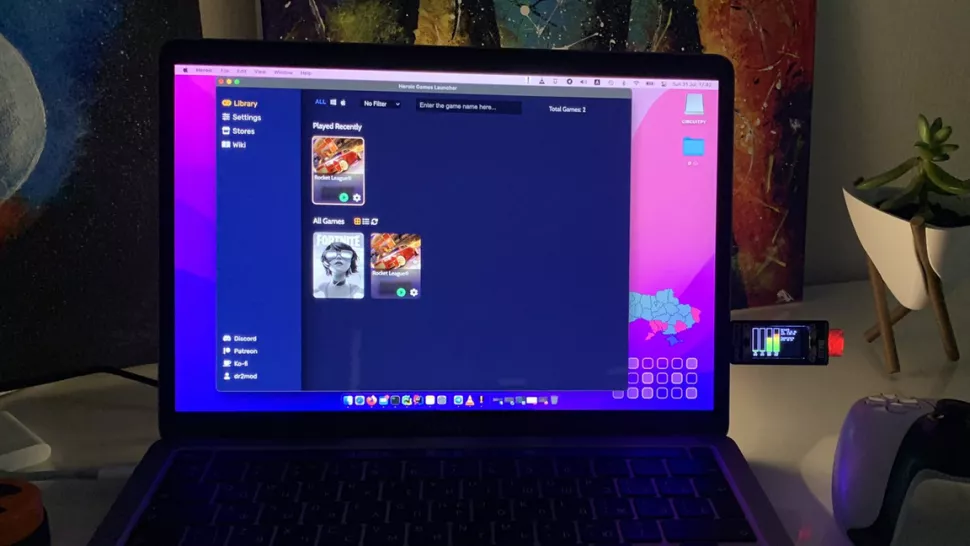today's howtos

-
How to Upgrade to Linux Mint 21 "Vanessa"
The latest version of Linux Mint—21 "Vanessa"—has been finally released. Here's how to upgrade your Linux Mint system to the newest version.
A major new version of Linux Mint is now available! Based on Ubuntu 22.04 LTS, Linux Mint 21 brings a modest amount of changes and improvements to an already fantastic Linux distribution.
While you can always do a clean install, what if you want to avoid backing up all your files and re-installing all your applications?
Thankfully, the Linux Mint team released a handy tool to upgrade from version 20.3 "Una" to version 21 "Vanessa". Here's how to use it.
-
How to install Cassandra on Ubuntu
Apache Cassandra is a distributed, wide-column store, NoSQL database management system designed to handle large amounts of data across many commodity servers, providing high availability with no single point of failure. We already have some articles of Cassandra installation on CentOS and Debian; now I will show you how to install Cassandra on the (so far)latest Ubuntu LTS 22.04.
-
How to Install Drupal on Ubuntu 22.04 - RoseHosting
In this tutorial, we are going to show you in step-by-step detail how to install Drupal on Ubuntu 22.04 OS.
Drupal is a free and open-source CMS(Content Management System) written in PHP. Drupal allows us to customize the webpage easily according to our needs. Drupal is used by millions of people and organizations around the globe to build and maintain their websites. In this installation, we will install Drupal and make the website up and running with the LAMP stack.
-
Setting Up and Running A Container Registry On Linux
Docker container images are delivered and stored by an application called Docker Registry. Registries consolidate container images and speed up developer build times. Virtualization provides the same runtime environment, but creating an image might require effort. Container orchestration is successful when employing containers. This tutorial teaches how to set up a private Docker registry and configure it for public access.
-
How to use a DSLR or Mirrorless camera as a webcam for Zoom calls or Live Streaming
For Live streaming, OBS Studio is so far the gold standard. It’s a free open source versatile live streaming software you can use for most common live streaming applications. OBS is widely supported across different operating systems including Windows, Mac and Linux
-

- Login or register to post comments
 Printer-friendly version
Printer-friendly version- 441 reads
 PDF version
PDF version
More in Tux Machines
- Highlights
- Front Page
- Latest Headlines
- Archive
- Recent comments
- All-Time Popular Stories
- Hot Topics
- New Members
today's howtos
| Open Hardware: XON/XOFF and Raspberry Pi Pico
|
Security Leftovers
| How to Apply Accent Colour in Ubuntu Desktop
A step-by-step tutorial on how to apply accent colour in Ubuntu desktop (GNOME) with tips for Kubuntu and others.
|






 This section of TuxMachines will no longer have new stories in it (with some caveats, including this post). To see the latest stories go to
This section of TuxMachines will no longer have new stories in it (with some caveats, including this post). To see the latest stories go to 

.svg_.png)
 Content (where original) is available under CC-BY-SA, copyrighted by original author/s.
Content (where original) is available under CC-BY-SA, copyrighted by original author/s.


Recent comments
2 days 9 hours ago
2 days 13 hours ago
2 days 13 hours ago
3 days 20 hours ago
3 days 21 hours ago
3 days 22 hours ago
3 days 22 hours ago
3 days 23 hours ago
4 days 1 hour ago
4 days 3 hours ago